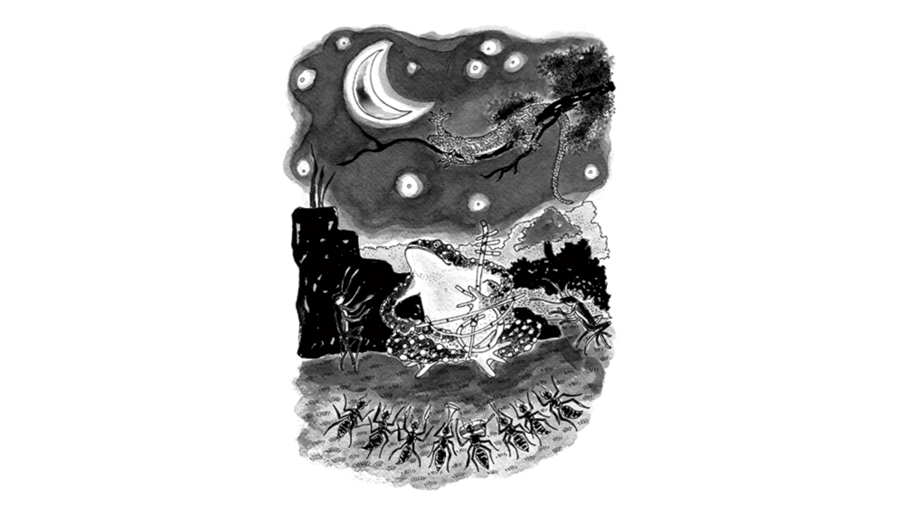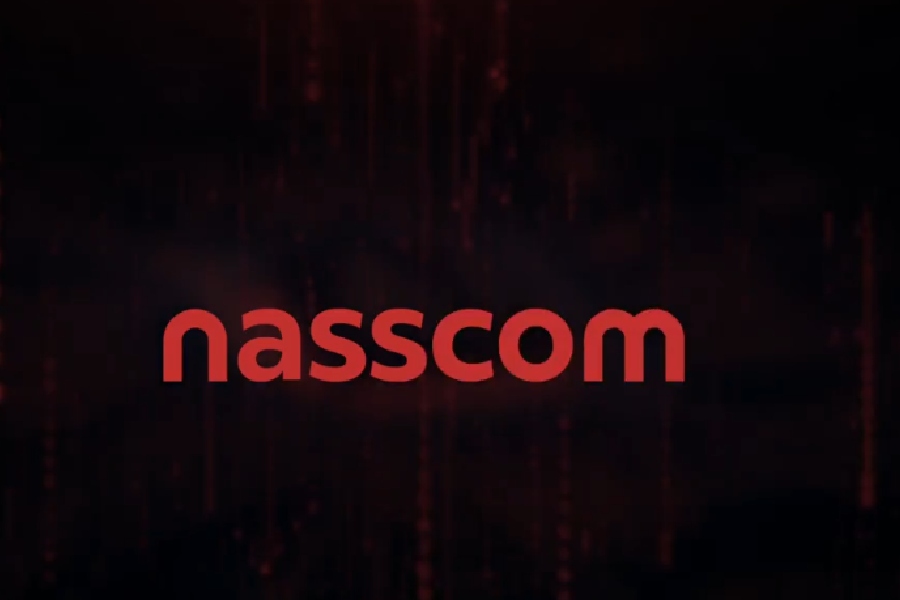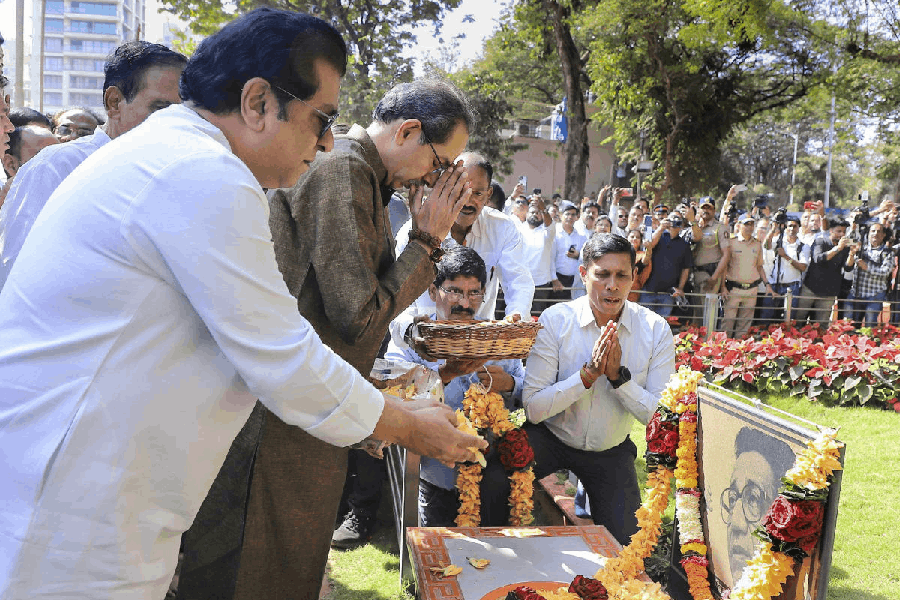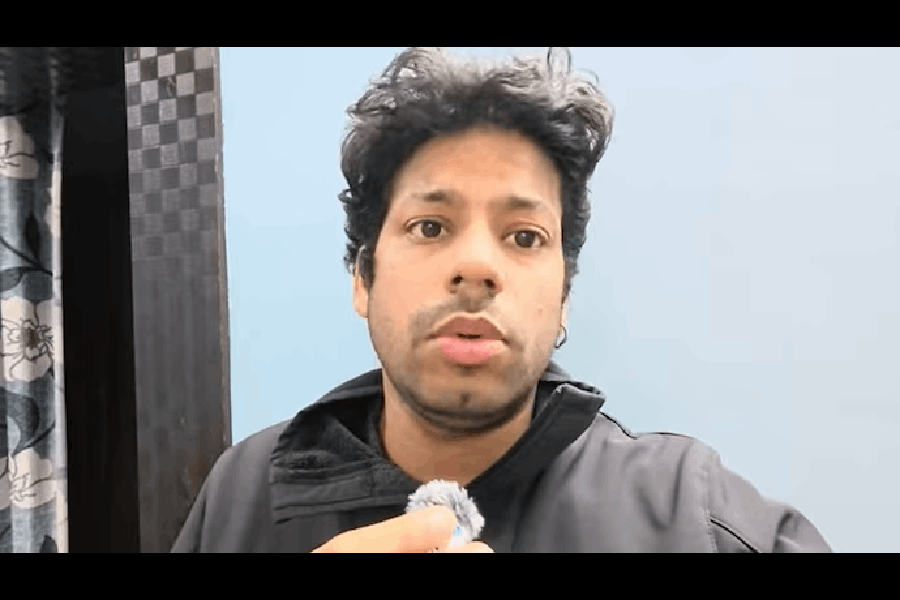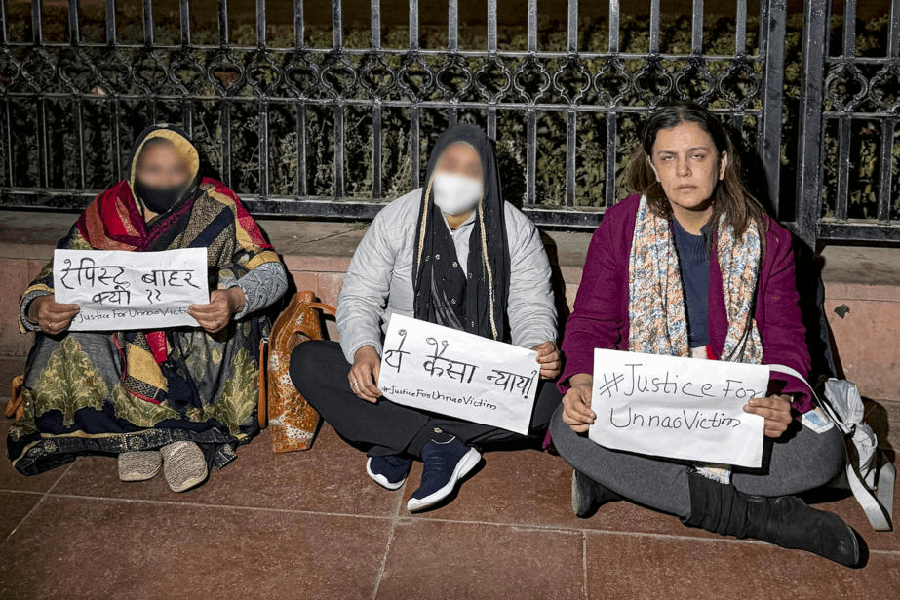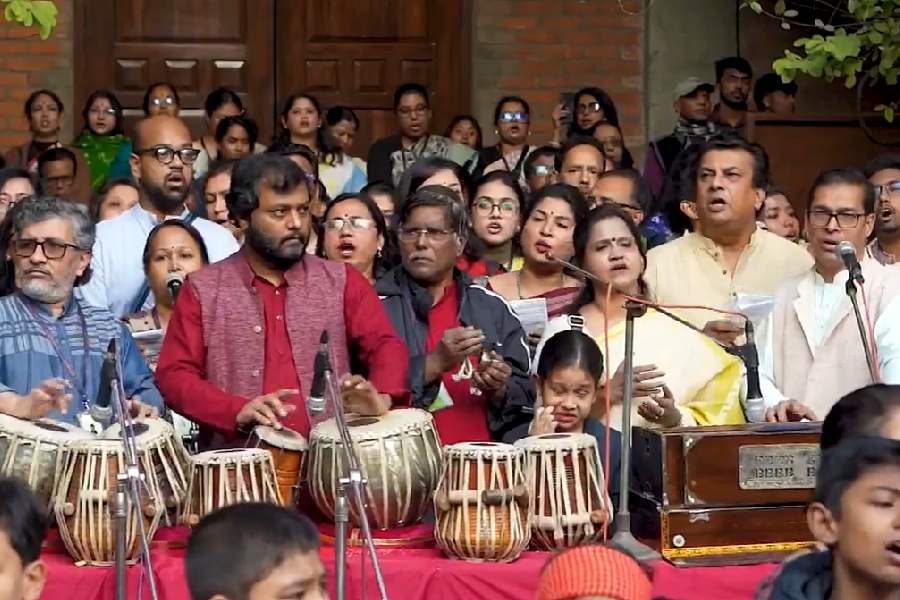Book: Red Ant, Black Ant
Author: Girindrashekhar Bose
Translator: Sukanta Chaudhuri
Publisher: Jadavpur University
Price: Rs 200
Near the pond on the west side of the Ghosh’s dilapidated mansion lie two kingdoms — those of the red and the black ants. The simmering tension between the two neighbouring kingdoms comes to a head when the lovely damsel of the blacks had her modesty outraged by some uppity reds who dare to insult her on her way back from the pond. The blacks don’t take such an insult lying down and call for retaliation. The trouble is that the reds are no pushovers; thus begins the story of Red Ant, Black Ant, a jewel of early-20th-century Bengali children’s literature, penned by Girindrashekhar Bose.
The plot progresses into a saga of conflict replete with spies, intrigues and strategies. Both sides have their allies, loyalties and relations who need to be marshalled. Colour defines who fights on which side. One side is favoured and, then, the other till it reaches the grand finale.
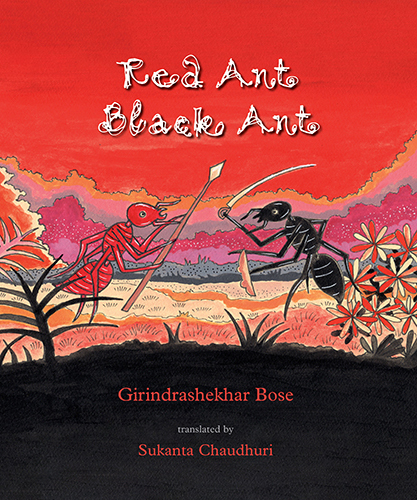
Red Ant, Black Ant by Girindrashekhar Bose, Jadavpur University, Rs 200. jadunivpress.com
Lal-Kalo, the only children’s book written by Bose, counted as the father of Indian psychoanalysis, first appeared in print in 1930. It is indeed a happy occasion that such a book has been translated by Sukanta Chaudhuri whose own accomplishments in the service of literature and translation are considerable. It is not easy to translate this little masterpiece written in both prose and verse and rich with cultural nuances and allusions. Chaudhuri does a competent job, retaining the humour. Multicultural references where the sajina or bherenda trees co-mingle with “[o]ak that grows from cypress cone” and “[g]oats that guzzle tiger-steak” are instances of the cadence of the original impossible to translate.
The original was illustrated by Jatindrakumar Sen. Koustabh Chakrabarty is the illustrator for the translation. The rooster — the opening illustration — falls flat but the images pick up as the story progresses. The top view of the frog in the ant hole, the “[h]orrid midnight, black and creepy”, the scowling owl, the birds in flight and the “great merriment” bring something of their own, creating a jugalbandi between text and image.

